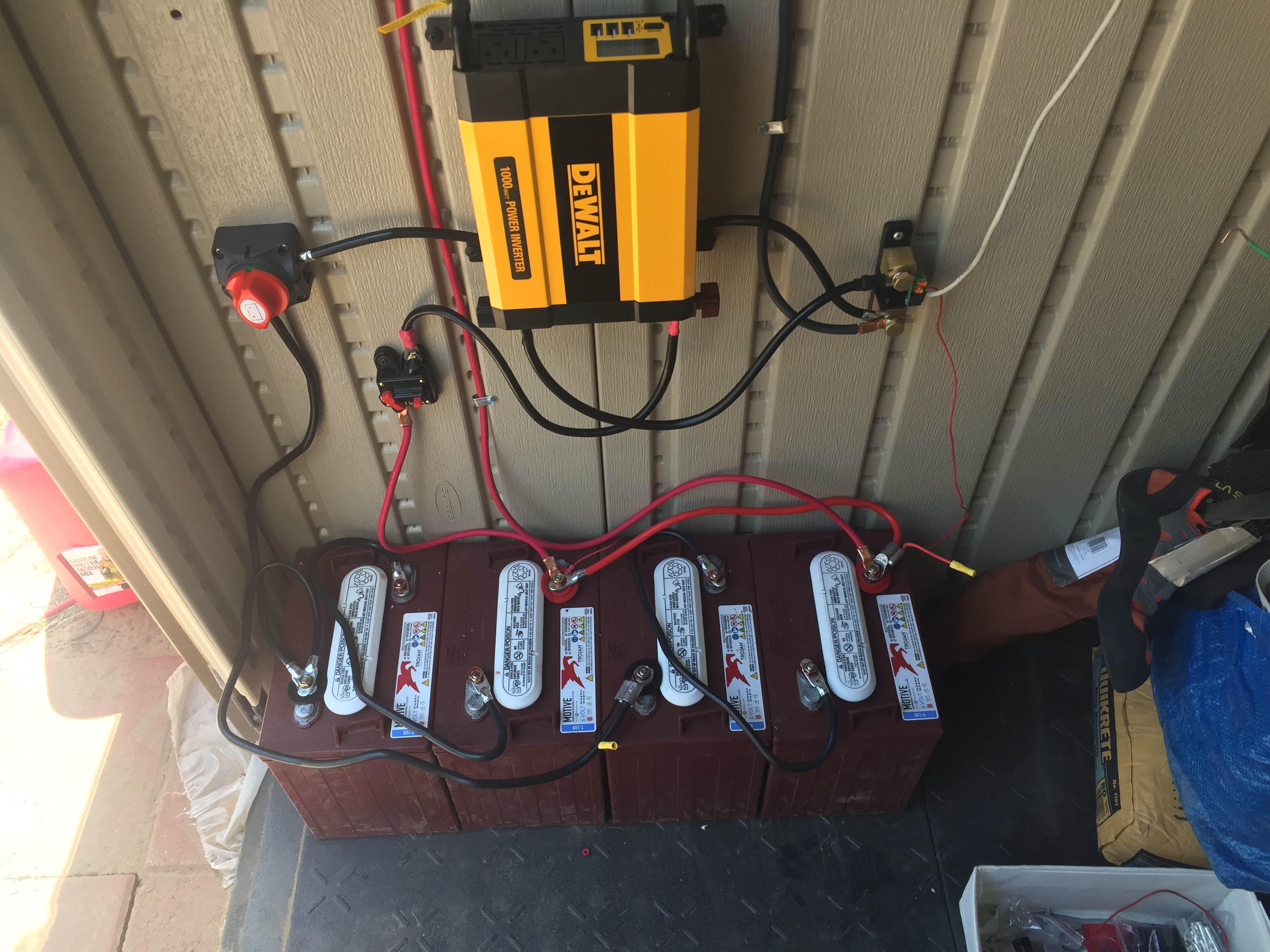Dear community,
I have a question concerning connecting batteries in parallel. Specifically I have 2 Victron Energy 165Ah Gel batteries and want to connect them in parallel to have an overall capacity of 330 Ah. I have several questions
a) Is this possible without any precautions, can I just connect the batteries in parallel, + to + and - to -? Since the inner resistance of the batteries is basically 0, won't there be an enormous current when I connect them or does this just work? Or do i need some sort of current limitation or so?
b) What kind of cables would you recommend? I assume they should have the same thickness as the cables provided with my Multiplus Compact 800VA?
c) Where should the temperature sensor be connected?
d) If I had a second Multiplus Compact 800 VA, can one be connect to one battery, the other one to the other battery and then the batteries connected (assuming e.g. differen sources of power, i.e., wind power on one inverter and solar at the other inverter)? Or does this make no sense?

